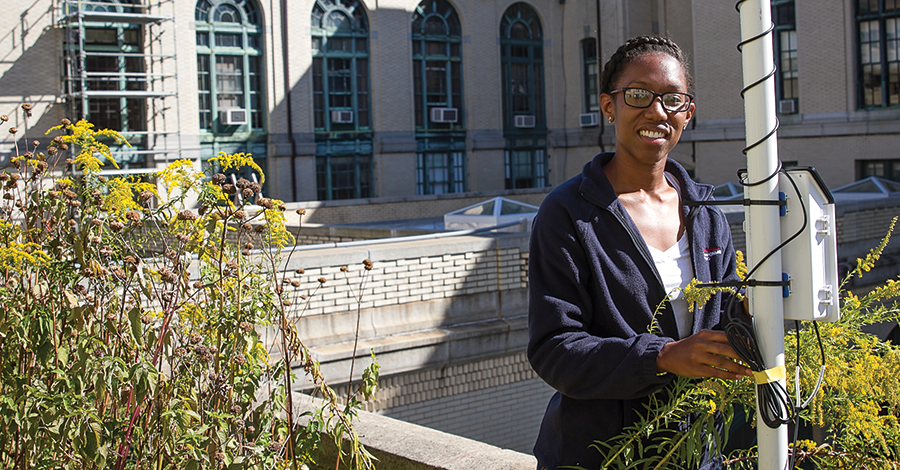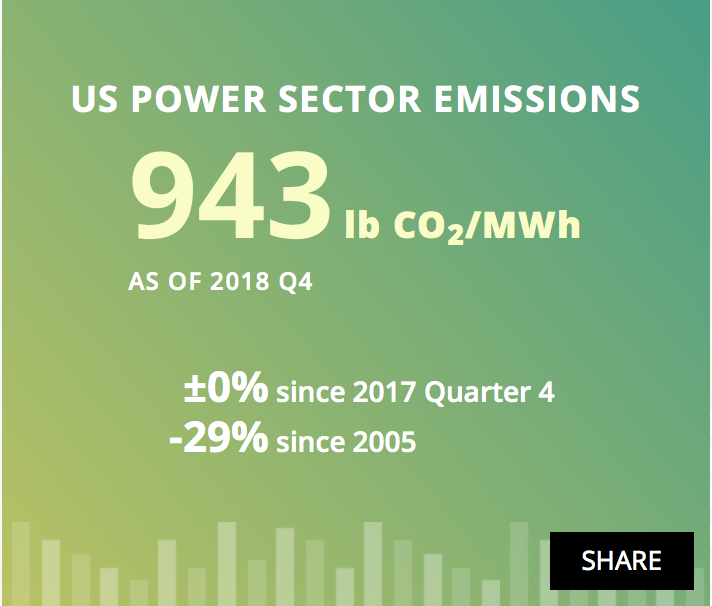
The Climate Change Issue: CEE Continues to Advance Solutions for the Challenges Ahead [Part 1]
Extreme storms, increasing temperatures, drier deserts—our climate is changing, and so must our infrastructure design, construction, and management. Determining how to best adapt engineering practices in the face of these new climate patterns is a massive undertaking, but our CEE faculty and students are rising to the challenge.
Redesigning Infrastructure for Future Rainfalls
From drinking water to sewer systems, much of the water infrastructure we take for granted was built many decades ago with the assumption that future precipitation would follow historical trends. That assumption no longer holds true.
“Much of the infrastructure in place now was designed for a rainfall pattern of the mid 20th century,” says CEE Professor Constantine Samaras. “It’s already underperforming and it’s likely to get worse.”
A member of the ASCE Adaptation to a Changing Climate Committee and contributor to the Fourth National Climate Assessment, Samaras is immersed in the world of climate resilience, where the focus is on anticipating, preparing for, and responding to changing climate conditions. Recently, he’s been studying projected ranges for future rainfall, which he is translating into usable outputs for engineers and city planners.
Before graduating in 2018, CEE PhD student Lauren Cook, currently a postdoc at the Swiss Federal Institute for Aquatic Science and Technology, contributed significantly to this effort, co-advised by Samaras and fellow CEE Professor Jeanne VanBriesen.
A water systems expert, VanBriesen has teamed up with Samaras to investigate the vulnerabilities of existing water infrastructure and engineering practices. “Our research looks at, given what we expect will happen with the climate, how do we build, design, and deploy engineered systems in a way that will meet the needs of the future,” she explains.
In considering that future, their questions are wide-ranging. How big should storm drains be to keep streets from flooding? Where do we place drinking water intakes to account for lower river levels? How far from the ocean should intakes be to avoid being affected by salt water? What green infrastructure needs to exist to absorb additional rainfall?
Their answers must account for not only the amount of water expected, but intensity and frequency of rainfall, which impacts how water flows over soil and the contaminants it absorbs. So far, their findings suggest that many design standards must be revisited.
Already, Samaras and current PhD student Tania Lopez-Cantu have published on the inadequate performance of existing stormwater infrastructure, and have analyzed which states most need updated designs. CEE master’s degree student Marissa Webber has also begun studying how well green infrastructure reduces stormwater runoff.
In time, the work done in CEE may help to advise decision makers and make it easier for officials and engineers to assess their local infrastructure and design standards. As those standards are re-examined, engineers will need to discuss both risk and budget with city leaders, communicating the increased investment required to maintain desired performance into the future.
“The engineering community has to ensure that every standard is updated so that our designs are resilient to the coming changes,” says VanBriesen. “All of our beliefs about how these systems have worked are going to be challenged by climate change.”
Planning for Urban Heat Waves
In cities, water is far from the only concern. As the earth’s temperature climbs, the urban heat island effect—which causes cities to be hotter than surrounding rural areas—is intensifying dangerously. Extreme temperatures can lead to heat stroke and exhaustion as well as aggravate existing medical conditions, resulting in hundreds of heat-related deaths every year.
At Carnegie Mellon, CEE Professors Matteo Pozzi and Mario Berges are leading efforts to predict heat waves and their effects across urban environments.
The project—called SHADE, or Surface Heat Assessment for Developed Environments—is a collaboration with former Engineering and Public Policy (EPP) faculty member Kelly Klima (now at RAND) and Princeton University. Their models show not only the temperature surges in cities during heat waves, but also temperatures across time at every location in the city, with variability from factors such as building composition and the amount of exposed surfaces.
While urban green spaces can help combat the heat, many buildings and paved surfaces absorb and amplify heat instead. On the hottest days, some spots reach up to 20°F hotter than nearby areas. In their early research, the models Berges and Pozzi worked with were highly detailed but required significant computation time.
Under Pozzi’s advising, PhD student Carl Malings (who graduated in 2018 and is currently Postdoctoral Researcher at Centre National de la Recherche Scientifique) addressed this problem by developing simplified probabilistic models on which faster simulations and assessments could be run. Now, current CEE PhD student ByeongSeong Choi is trying to improve the assumptions powering these statistical models. His goal is to further refine the accuracy of the models, while maintaining the fast computation speed required for running complex scenarios and simulations.
Eventually, these simulations could help to inform targeted heat advisories, optimize the placement of cooling centers in the hottest spots throughout cities, and reveal where heat mitigation techniques like green infrastructure will be most impactful. Additionally, the group’s work can show where additional sensors for monitoring temperature will provide the greatest value and enable decision makers to respond quickly and strategically to extreme heat.
Berges says, “Our goal is to use these refined models to analyze policies and run what-if scenarios that will help decision makers and city officials protect the elderly and other vulnerable populations from the recurring heat waves in cities.”
